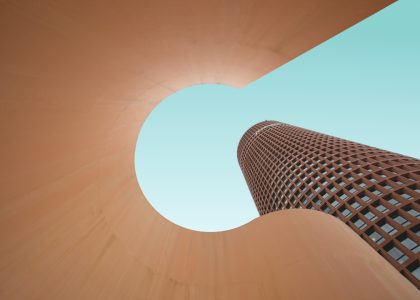Introduction
Have you ever walked into a room and felt like the ceiling was higher than it actually was? Or looked up and thought you could see the sky through a narrow gap between the walls and the ceiling? It’s likely that you were experiencing the effects of shadow line ceiling lighting.
Shadow line ceiling lighting is a relatively new technique that has gained popularity in modern interior design. By creating a shadow or accent line around the perimeter of a room, the ceiling appears to float above the walls, giving the illusion of greater height and depth. In this article, we will explore the origins of this technique, its various applications in interior design, and its impact on the overall aesthetic of a space.
History
The use of the shadow line technique in interior design can be traced back to the early 20th century. Architects began experimenting with the idea of floating ceilings as a way to create more open and airy spaces. The idea was to use subtle lighting to create a sense of depth and space within a room, without sacrificing privacy or functionality.
Early iterations of this technique involved recessing the ceiling to create a shadow line that was highlighted by natural or artificial light. Over time, designers began to experiment with different lighting techniques, using a variety of elements such as color, texture, and form to create increasingly complex effects. Today, shadow line ceiling lighting has become an integral part of modern interior design, and is often used to create a variety of different moods and atmospheres.
Applications
Shadow line ceiling lighting can be used in a variety of different ways to complement the overall design of a room. One of the simplest applications of this technique is to use a single shadow line to outline the perimeter of the ceiling. This creates a subtle sense of depth that can make a room feel more open and spacious.
Another popular application is to use a combination of shadow lines and accent lighting to highlight specific features of a room. For example, a shadow line could be used to frame a large mural or artwork on the wall, while accent lighting is used to draw attention to the piece itself.
In addition to its aesthetic benefits, shadow line ceiling lighting can also be used to address a variety of practical concerns. For instance, it can be used to conceal ductwork, pipes, or other unsightly elements, while maintaining a clean and uncluttered appearance.
Aesthetics
Perhaps the most compelling aspect of shadow line ceiling lighting is its ability to enhance the overall aesthetic of a space. By creating a sense of depth and spatial continuity, it can transform an otherwise ordinary room into a visually stunning work of art.
The key to achieving this effect lies in the careful selection of lighting elements, including the type of lighting fixture, the position of the light source, and the color and intensity of the light itself. Designers must also take into account the overall style and feel of a space, in order to create a cohesive and harmonious design.
Conclusion
Shadow line ceiling lighting is a powerful and versatile technique that can transform any space into a stunning work of visual art. Whether used to create a sense of spaciousness and depth, or to highlight specific architectural or design features, it can enhance the overall aesthetic of a room in a variety of ways. By combining the right lighting elements with a thoughtful approach to design, it’s possible to create an environment that is both beautiful and functional.

